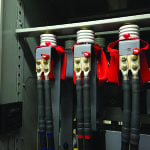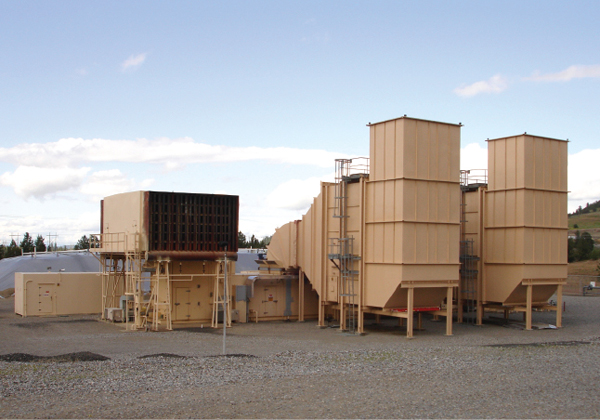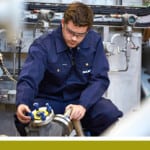

Electrical generators, whether they are powered by gas turbines, steam turbines or water, have been around for a considerable number of years. Many will have managed over 50 years in service, helped by a regular maintenance program. But there comes a time when even the most venerable generator must undergo a complete refurbishment in order to continue in service.
In situations such as this, original drawings and specifications can often be mislaid, making the refurbishment task that little bit more complex. Fortunately Sulzer can use its engineering expertise to reverse engineer any number of components and even introduce modern materials and technology to improve durability and efficiency.
One area under constant scrutiny is the stator coil and its insulation, with partial discharge measurements being used as an indicator for the condition of the insulation. When the time comes to replace the coils, very often the original designs are not available, leaving the design engineers to use all their experience and expertise to create a new set.

The exact shape and construction of each coil is determined by precise measurements taken while on-site. As part of the manufacturing process, Sulzer uses modern, class F insulation, allowing more copper to be used in the coil itself. The increased copper content reduces the losses in the generator, reduces heat build-up and makes it more efficient, while also improving output.
The recent advances in engineering design have produced some significant improvements in terms of reliability and efficiency for electrical generators and Sulzer is fully equipped to remanufacture individual components and introduce improvements where required.









